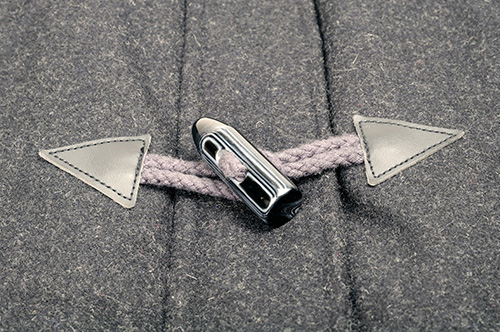- Local: (516) 346-4636
- Toll-Free: (800) 886-6060
- Fax: (516) 346-4366
- Email: kflynn@nationalwebbing.com
There are things people use in their everyday lives and never even think about the convenience these small gadgets provide, let alone their names. This is true of plastic cord locks. Although you may not be able to picture what cord locks are, it's almost certain that you've used them or seen them numerous times. Here's what you need to know about how a plastic cord lock works and where they're usually used.

A cord lock helps hold any type of cord in place. Most people use them to hold elastic cords or other stretchy string in place. Cord locks are also used on insulated rope, regular rope, and even a thin string. They can be used on any type of pliable, thin material to keep that material in place. They're often cylinder-shaped, but can sometimes be square or other shapes. They also have a button on one end to release the lock.
Cord locks are simple to make and to use. You can see how a cord lock works simply by looking at it since it will have a hole in the side where you can see its inner workings. You'll notice when you look through the hole that there's a spring inside the cylinder. When the button, or plunger, at the top of the lock is pushed, the spring moves down and the hole on the plunger and the barrel of the lock line up so that the cord can move freely. Once you release the plunger, the spring comes back up and locks the cord in place.
Now that you hopefully have a visual of a cord lock in your mind, you've probably realized the many times you've seen these locks used. They're usually made for smaller items like jackets, luggage, gloves, and utility bags. They're great for cinching up small areas with a string or elastic cord to keep things from getting in or out. They can be purchased individually to be used on other items as well, so if you need an inexpensive way to keep the weather out of a load or you just need to hold something in place, cord locks are a great option.Belt-Buckles-Online.html